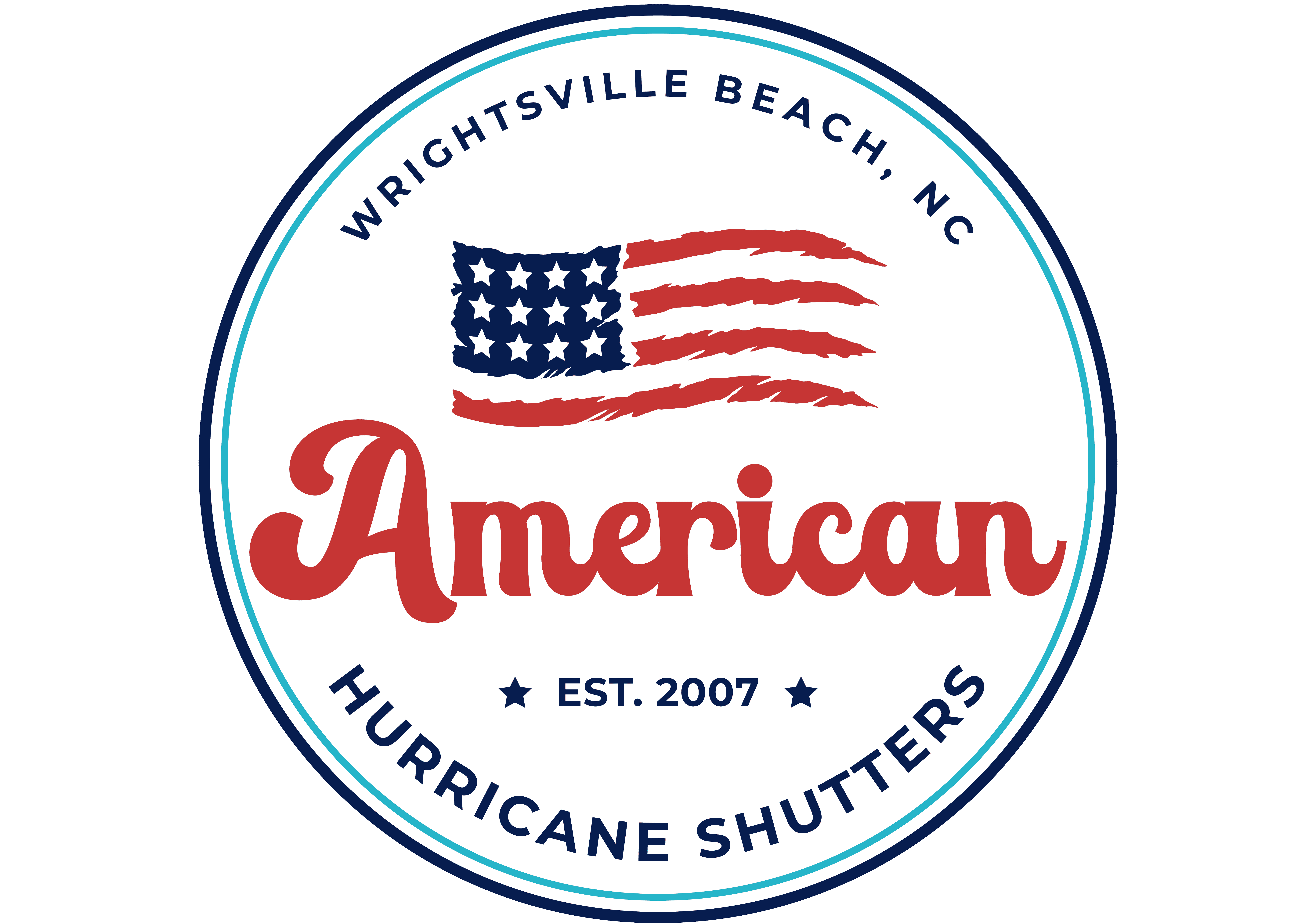For homeowners seeking both aesthetic appeal and practical protection for their homes, custom metal window awnings present a compelling solution. Much like the critical role hurricane shutters play in safeguarding homes from severe weather, metal window awnings serve to protect windows from the elements, while also enhancing the architectural beauty of a property. However, not all awnings are created equal. The design, material, and installation process of custom metal window awnings are paramount to their effectiveness and durability.
Understanding the Importance of Custom Metal Window Awnings
Custom metal window awnings go beyond mere decoration. They are a vital protective measure against sun, rain, and debris, reducing energy costs and preventing damage to window frames and sills. But the effectiveness of an awning depends significantly on its design and the quality of its construction.
The Benefits of Metal Awnings
Metal awnings, compared to their fabric counterparts, offer superior durability and longevity. They withstand harsh weather conditions, from scorching sun to heavy snow, without fading or tearing. Moreover, metal awnings are low maintenance and can be designed to complement any architectural style, making them a versatile choice for homeowners.
Another advantage of metal awnings is their energy efficiency. By blocking direct sunlight, they keep homes cooler in the summer, reducing the need for air conditioning and, consequently, energy expenses. During winter, they can also help to minimize wind impact on windows, providing an additional layer of insulation.
Customization Options
One of the most significant benefits of opting for custom metal window awnings is the ability to tailor every aspect of the awning to your specific needs and preferences. This includes choosing the metal type, such as aluminum or steel, which affects the awning’s weight, durability, and cost. The finish and color can also be customized, offering an opportunity to match or contrast with your home’s exterior for an enhanced aesthetic appeal.
Furthermore, the size and shape of the awning can be designed to fit perfectly over any window, providing optimal protection and visual harmony. Custom designs can range from traditional to modern, allowing homeowners to express their unique style while improving their home’s functionality.
The Process of Designing and Installing Custom Metal Window Awnings
Designing and installing custom metal window awnings involves a series of steps, each critical to ensuring the awnings meet the homeowner’s expectations in terms of both form and function. This process, when executed correctly, results in awnings that are not only visually appealing but also structurally sound and durable.
Initial Consultation and Design
The first step in acquiring custom metal window awnings is the consultation phase. During this time, homeowners discuss their needs, preferences, and budget with a professional designer or contractor. This is also when measurements are taken, and the specific conditions of the home’s exterior are assessed to inform the design process.
Based on this information, the designer can recommend the best materials, styles, and installation methods for the awnings. They may also provide digital renderings or samples to help homeowners visualize the final product.
Material Selection and Fabrication
Once the design is finalized, the next step is selecting the appropriate materials for the awnings. This decision is influenced by factors such as climate, the architectural style of the home, and the homeowner’s personal preferences. The selected materials are then fabricated into the custom awnings, a process that requires precision and attention to detail to ensure the final product meets the design specifications.
During fabrication, special attention is given to the awning’s structural integrity. This includes ensuring that the awnings are engineered to withstand wind loads and other environmental pressures they may face, much like the design pressure analysis conducted for hurricane shutters.
Installation
The final step in the process is the installation of the custom metal window awnings. Professional installation is crucial to ensure that the awnings are securely attached to the home and positioned correctly for optimal performance. This involves not only affixing the awnings to the exterior walls but also ensuring that they are level and that any moving parts function smoothly.
Proper installation is essential for the awnings to withstand environmental pressures and to prevent damage to the home’s exterior. It also guarantees that the awnings will perform as intended, providing protection from the elements and enhancing the home’s energy efficiency.
Conclusion
Custom metal window awnings offer a blend of aesthetic appeal and practical functionality that can significantly enhance the value and comfort of a home. By understanding the importance of design, material selection, and professional installation, homeowners can ensure that their investment in custom metal window awnings pays off in terms of both beauty and protection. Like the meticulous approach taken in design pressure analysis for hurricane shutters, the process of designing and installing custom metal window awnings requires careful consideration and expertise to achieve the best results.

